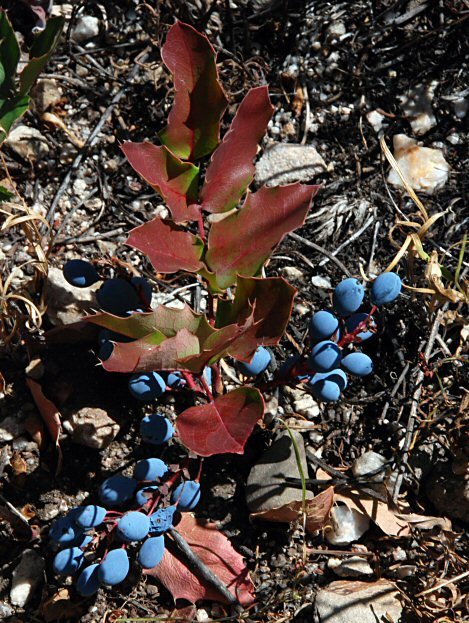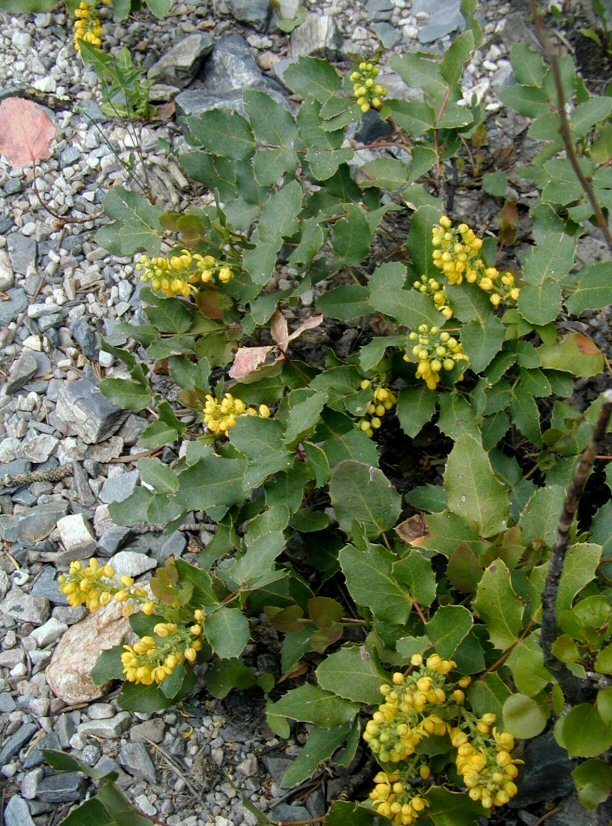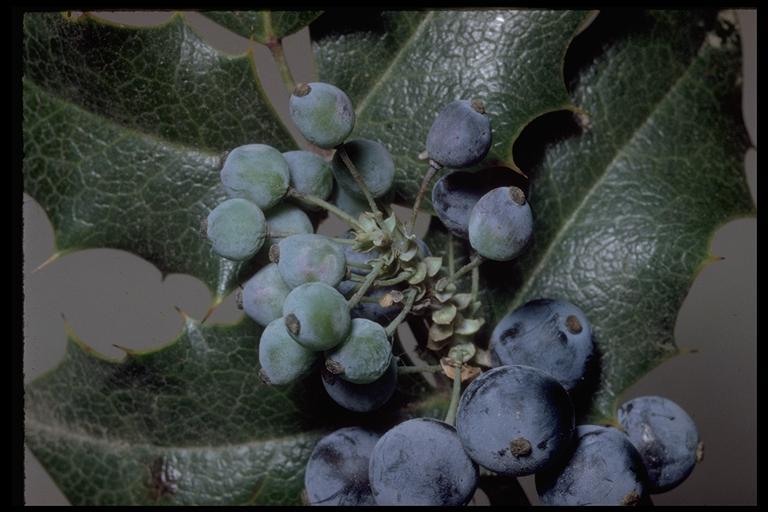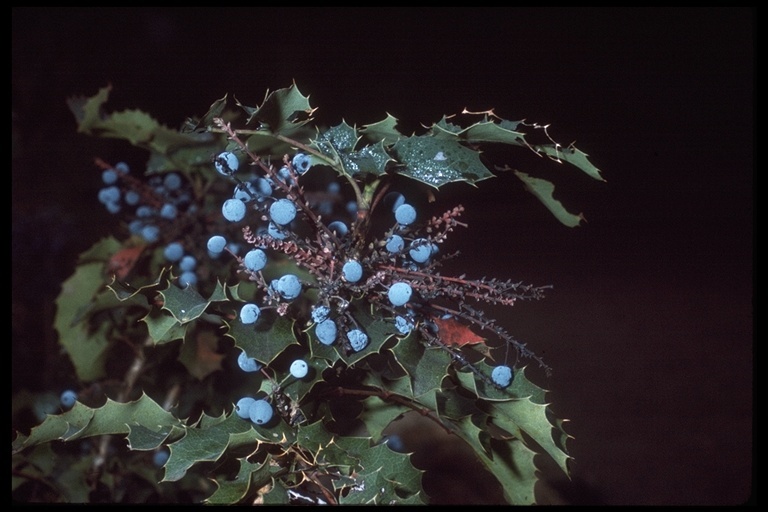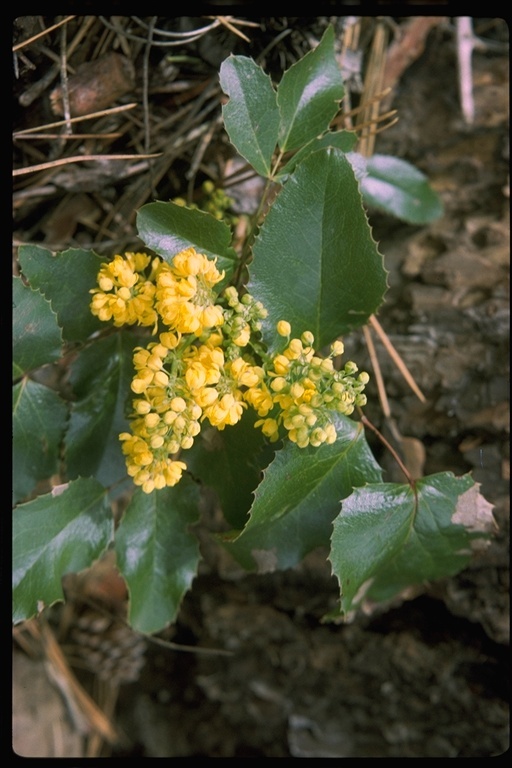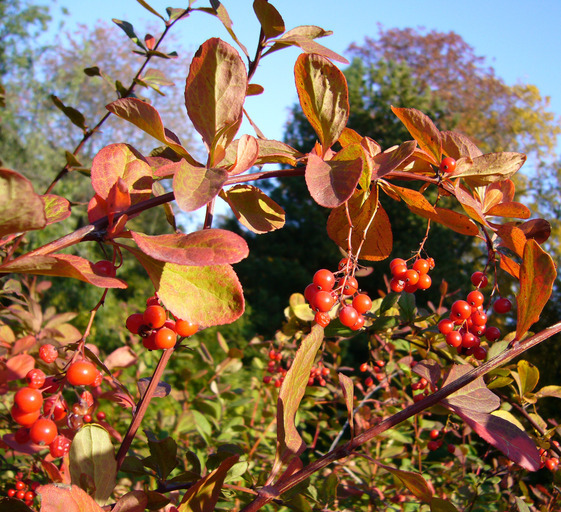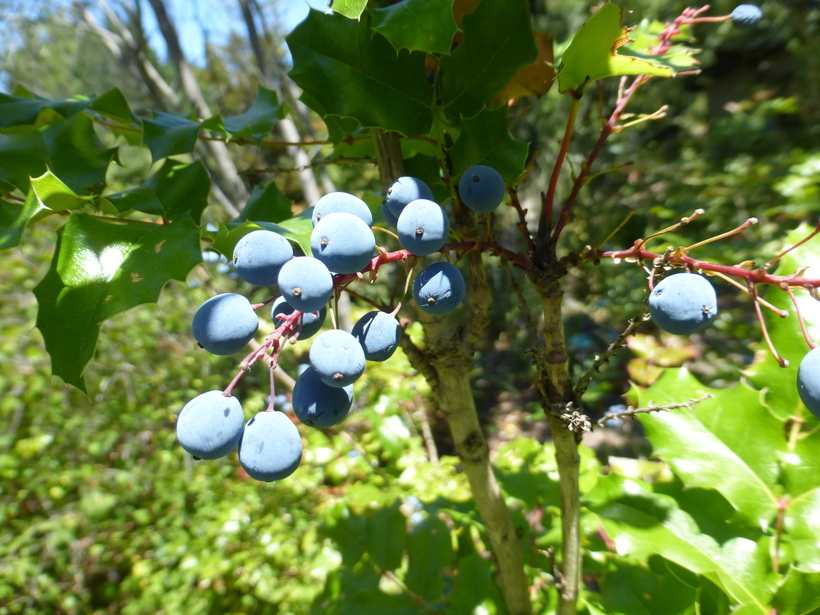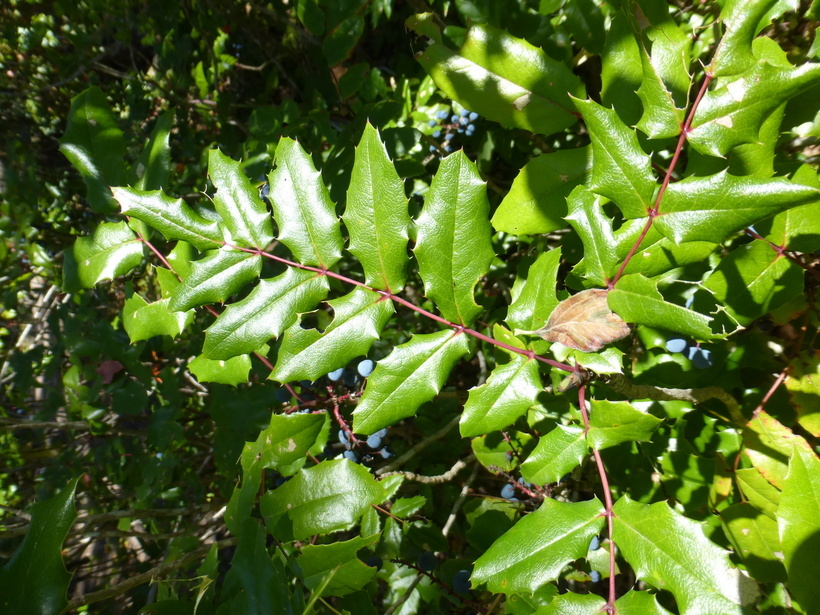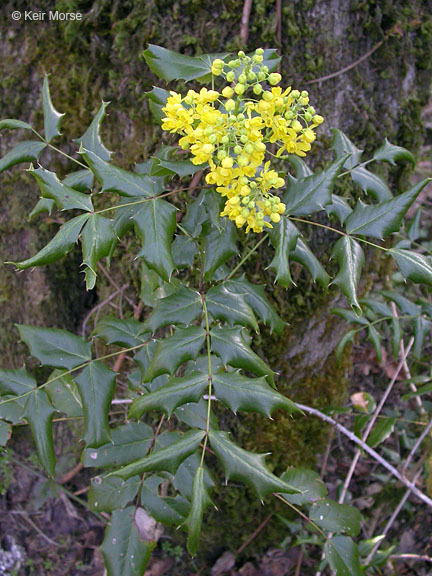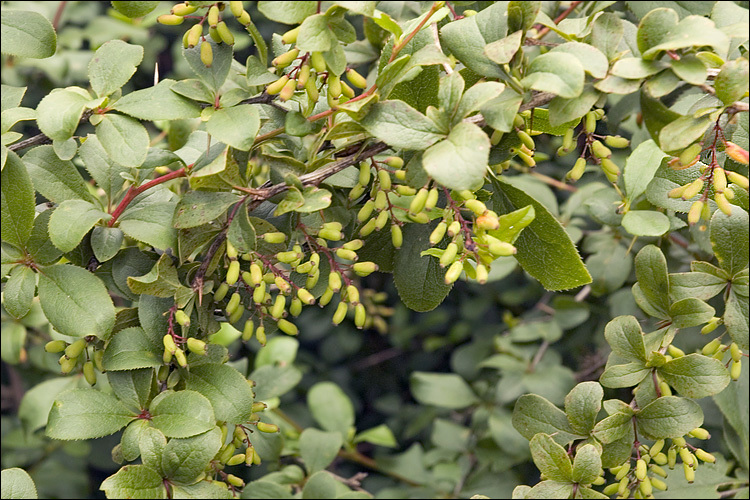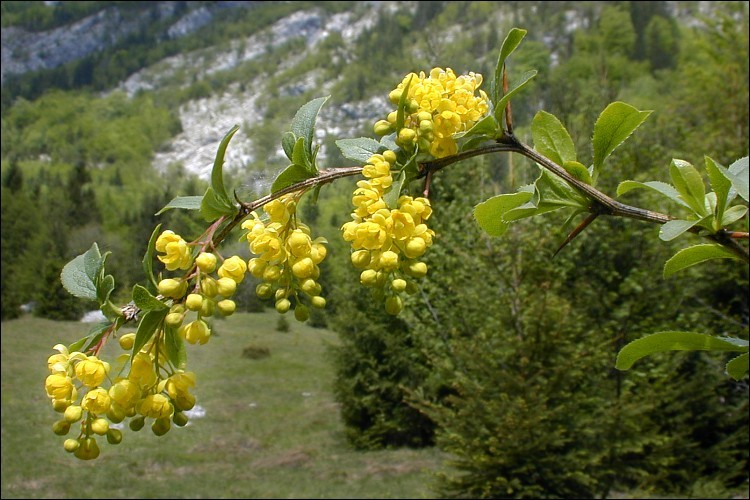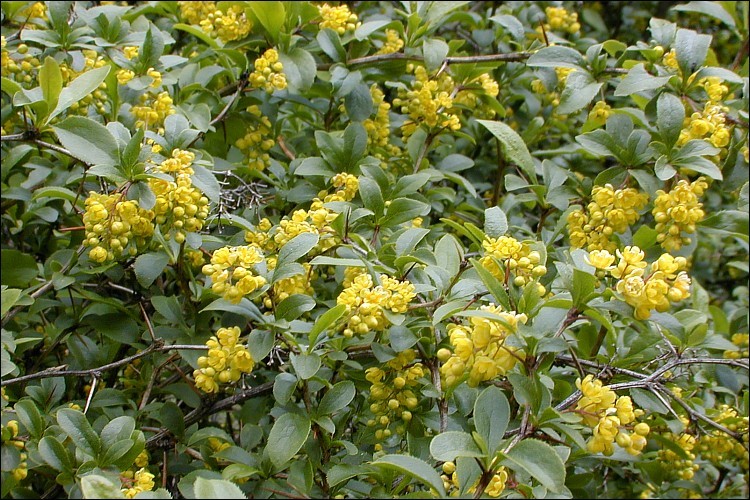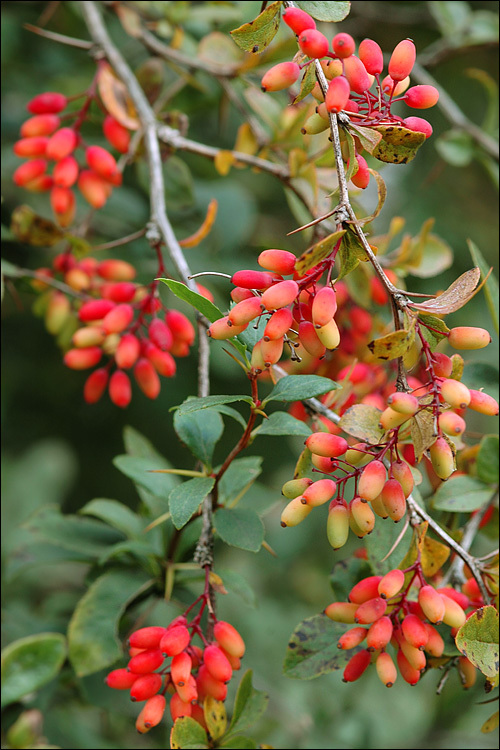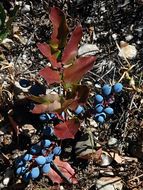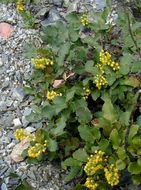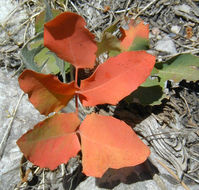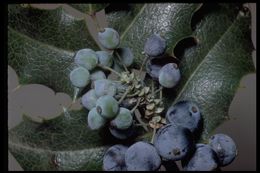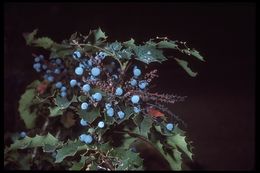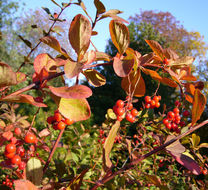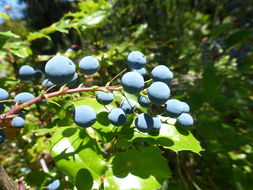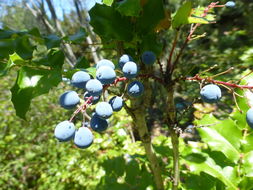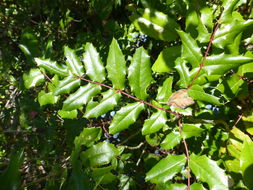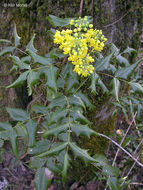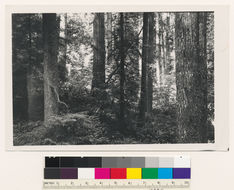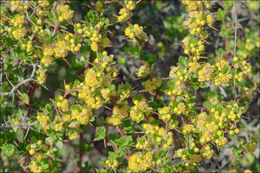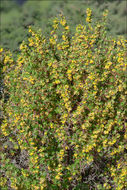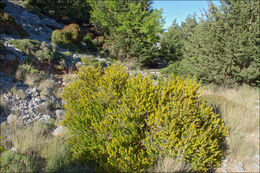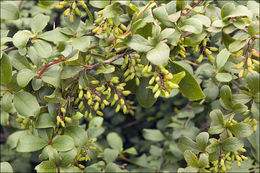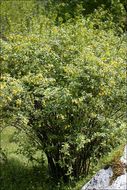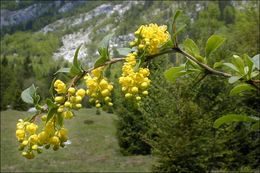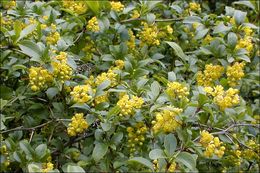-
Synonyms: Berberis repens, Mahonia repens
-
Synonyms: Berberis repens, Mahonia repens
-
Synonyms: Berberis repens, Mahonia repens
-
2002 California Academy of Sciences
CalPhotos
-
1998 California Academy of Sciences
CalPhotos
-
1999 California Academy of Sciences
CalPhotos
Berberis amplectens
-
1999 California Academy of Sciences
CalPhotos
Sonne's Barberry
-
In Fruit
-
-
-
-
-
2005 The Regents of the University of California
CalPhotos
Five miles NE of Korbel on Willow Creek road. Interior of old growth Douglas fir-hemlock stand. Assoc. Species: Cedar, tanoak, sword fern, Oregon grape. Humboldt County., T 6 N R 2 E Sec 12 Quad name: China Flat. Quad number: 26.
-
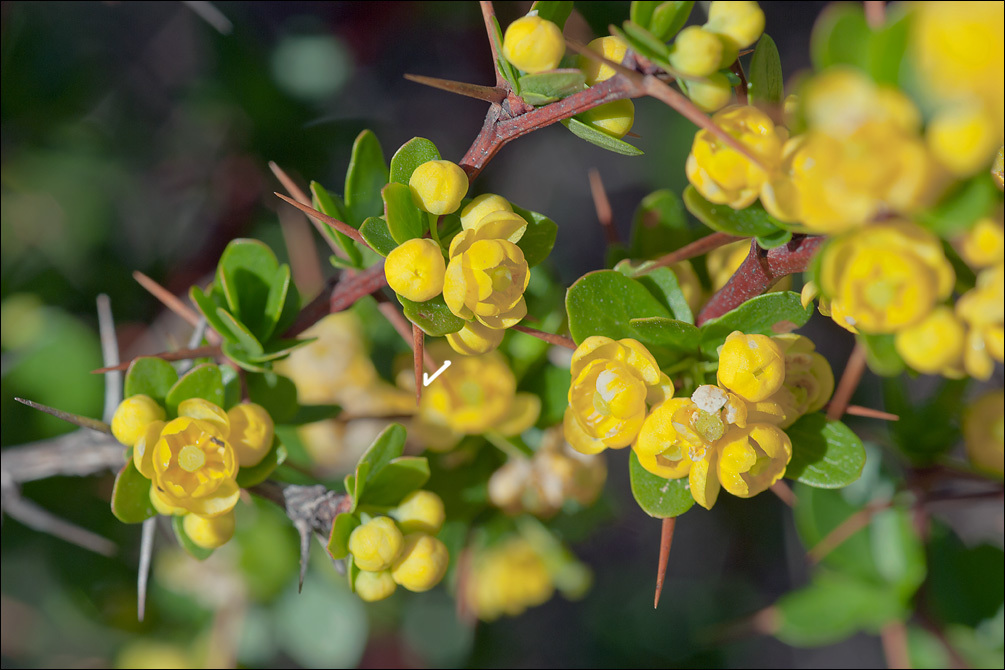
Slo.: kretiki emin - Habitat: light mountain cypresses woodland (Cupressus sempervirens), north oriented mountain slope, locally almost flat terrain; calcareous, rocky, skeletal ground; full sun; elevation 1.030 m (3.400 feet); average precipitations ~ 1.000 mm/year, average temperature 8-10 deg C (estimated ?), Mediterranean phytogeographical region. Substratum: soil.Comment: Berberis cretica is a beautiful plant when in bloom, however adversely spiny. Its three-partite long and sturdy spines are dense and very sharp so it is impossible to brake off a single small branch with bare hands. This is, of cause, an efficient defense against grazing goats, which have radically changed Cretan flora through last millennia. Most of plants of Phrygana, specific Greek type of Garrigue (an open community of dwarf evergreen shrubs) are thorny.Berberis cretica is limited to high mountains of Crete, Rhodes, south Greece and Turkey. Contrary to our central European Common Barberry (Berberis vulgaris), which has vividly red berries, it has dark blue, almost black berries.Ref.:(1) I. Schnfelder, P. Schnfelder, Kosmos Atlas Mittelmeer- und Kanarenflora, Kosmos, (2002), p 48.(2) V. Papiomytoglou, Wildblumen aus Friechenland, Mediterrane Editions (2006), p 24.
-
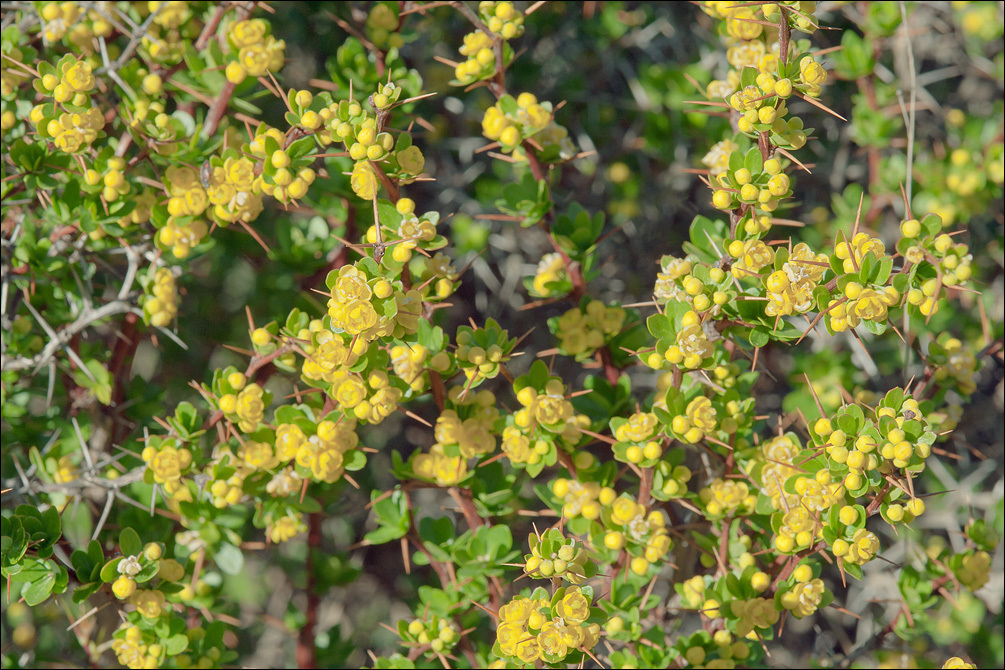
Slo.: kretiki emin - Habitat: light mountain cypresses woodland (Cupressus sempervirens), north oriented mountain slope, locally almost flat terrain; calcareous, rocky, skeletal ground; full sun; elevation 1.030 m (3.400 feet); average precipitations ~ 1.000 mm/year, average temperature 8-10 deg C (estimated ?), Mediterranean phytogeographical region. Substratum: soil. Comment: Berberis cretica is a beautiful plant when in bloom, however adversely spiny. Its three-partite long and sturdy spines are dense and very sharp so it is impossible to brake off a single small branch with bare hands. This is, of cause, an efficient defense against grazing goats, which have radically changed Cretan flora through last millennia. Most of plants of Phrygana, specific Greek type of Garrigue (an open community of dwarf evergreen shrubs) are thorny. Berberis cretica is limited to high mountains of Crete, Rhodes, south Greece and Turkey. Contrary to our central European Common Barberry (Berberis vulgaris), which has vividly red berries, it has dark blue, almost black berries. Ref.: (1) I. Schnfelder, P. Schnfelder, Kosmos Atlas Mittelmeer- und Kanarenflora, Kosmos, (2002), p 48. (2) V. Papiomytoglou, Wildblumen aus Friechenland, Mediterrane Editions (2006), p 24.
-
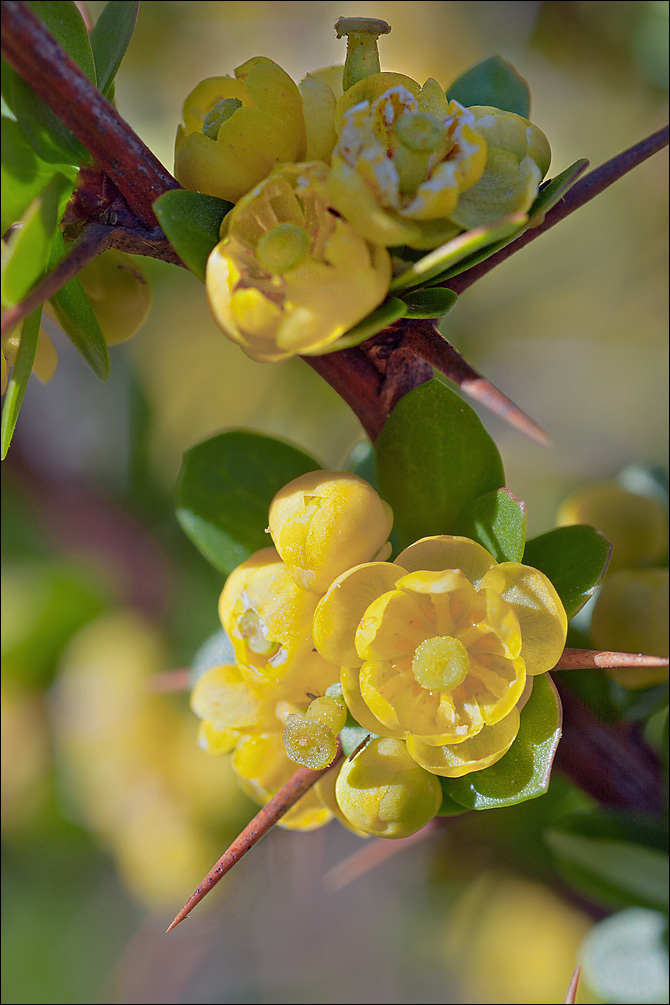
Slo.: kretiki emin - Habitat: light mountain cypresses woodland (Cupressus sempervirens), north oriented mountain slope, locally almost flat terrain; calcareous, rocky, skeletal ground; full sun; elevation 1.030 m (3.400 feet); average precipitations ~ 1.000 mm/year, average temperature 8-10 deg C (estimated ?), Mediterranean phytogeographical region. Substratum: soil. Comment: Berberis cretica is a beautiful plant when in bloom, however adversely spiny. Its three-partite long and sturdy spines are dense and very sharp so it is impossible to brake off a single small branch with bare hands. This is, of cause, an efficient defense against grazing goats, which have radically changed Cretan flora through last millennia. Most of plants of Phrygana, specific Greek type of Garrigue (an open community of dwarf evergreen shrubs) are thorny. Berberis cretica is limited to high mountains of Crete, Rhodes, south Greece and Turkey. Contrary to our central European Common Barberry (Berberis vulgaris), which has vividly red berries, it has dark blue, almost black berries. Ref.: (1) I. Schnfelder, P. Schnfelder, Kosmos Atlas Mittelmeer- und Kanarenflora, Kosmos, (2002), p 48. (2) V. Papiomytoglou, Wildblumen aus Friechenland, Mediterrane Editions (2006), p 24.
-
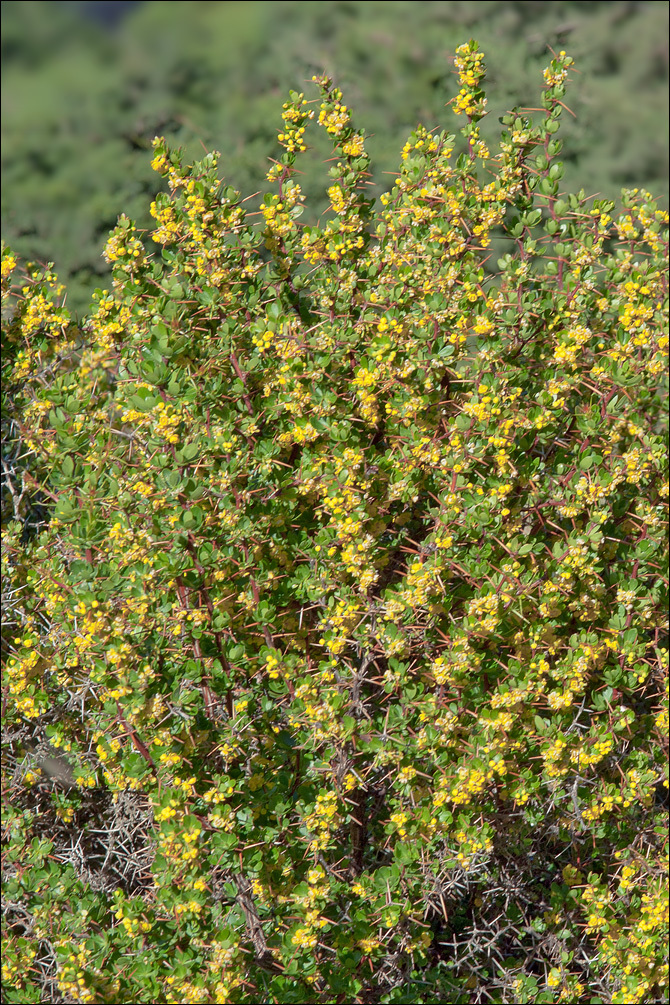
Slo.: kretiki emin - Habitat: light mountain cypresses woodland (Cupressus sempervirens), north oriented mountain slope, locally almost flat terrain; calcareous, rocky, skeletal ground; full sun; elevation 1.030 m (3.400 feet); average precipitations ~ 1.000 mm/year, average temperature 8-10 deg C (estimated ?), Mediterranean phytogeographical region. Substratum: soil. Comment: Berberis cretica is a beautiful plant when in bloom, however adversely spiny. Its three-partite long and sturdy spines are dense and very sharp so it is impossible to brake off a single small branch with bare hands. This is, of cause, an efficient defense against grazing goats, which have radically changed Cretan flora through last millennia. Most of plants of Phrygana, specific Greek type of Garrigue (an open community of dwarf evergreen shrubs) are thorny. Berberis cretica is limited to high mountains of Crete, Rhodes, south Greece and Turkey. Contrary to our central European Common Barberry (Berberis vulgaris), which has vividly red berries, it has dark blue, almost black berries. Ref.: (1) I. Schnfelder, P. Schnfelder, Kosmos Atlas Mittelmeer- und Kanarenflora, Kosmos, (2002), p 48. (2) V. Papiomytoglou, Wildblumen aus Friechenland, Mediterrane Editions (2006), p 24.
-
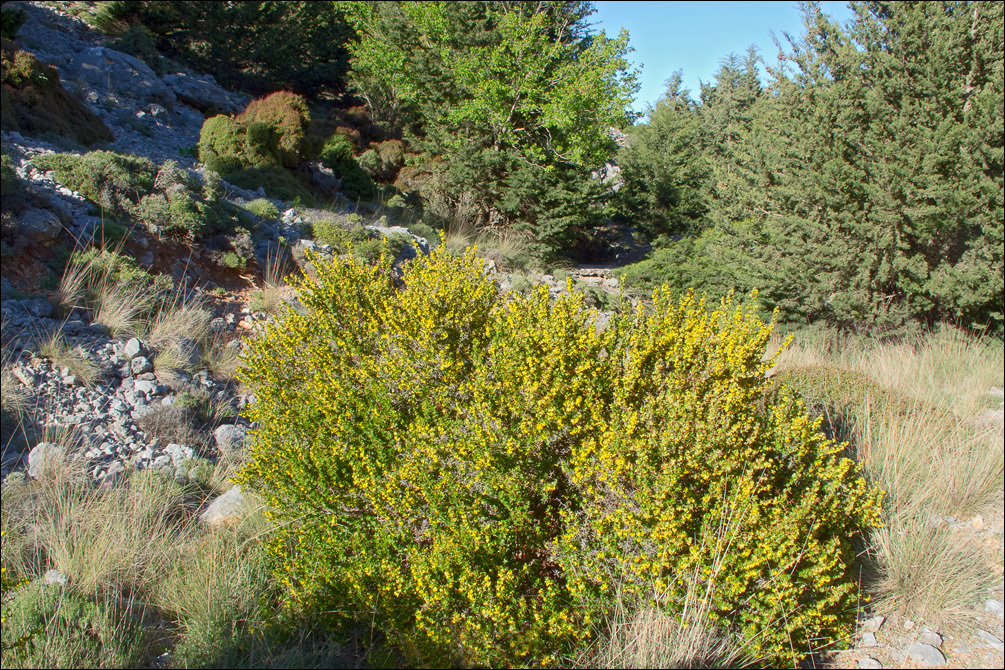
Slo.: kretiki emin - Habitat: light mountain cypresses woodland (Cupressus sempervirens), north oriented mountain slope, locally almost flat terrain; calcareous, rocky, skeletal ground; full sun; elevation 1.030 m (3.400 feet); average precipitations ~ 1.000 mm/year, average temperature 8-10 deg C (estimated ?), Mediterranean phytogeographical region. Substratum: soil. Comment: Berberis cretica is a beautiful plant when in bloom, however adversely spiny. Its three-partite long and sturdy spines are dense and very sharp so it is impossible to brake off a single small branch with bare hands. This is, of cause, an efficient defense against grazing goats, which have radically changed Cretan flora through last millennia. Most of plants of Phrygana, specific Greek type of Garrigue (an open community of dwarf evergreen shrubs) are thorny. Berberis cretica is limited to high mountains of Crete, Rhodes, south Greece and Turkey. Contrary to our central European Common Barberry (Berberis vulgaris), which has vividly red berries, it has dark blue, almost black berries. Ref.: (1) I. Schnfelder, P. Schnfelder, Kosmos Atlas Mittelmeer- und Kanarenflora, Kosmos, (2002), p 48. (2) V. Papiomytoglou, Wildblumen aus Friechenland, Mediterrane Editions (2006), p 24.
-

Slo.: kretiki emin - Habitat: light mountain cypresses woodland (Cupressus sempervirens), north oriented mountain slope, locally almost flat terrain; calcareous, rocky, skeletal ground; full sun; elevation 1.030 m (3.400 feet); average precipitations ~ 1.000 mm/year, average temperature 8-10 deg C (estimated ?), Mediterranean phytogeographical region. Substratum: soil. Comment: Berberis cretica is a beautiful plant when in bloom, however adversely spiny. Its three-partite long and sturdy spines are dense and very sharp so it is impossible to brake off a single small branch with bare hands. This is, of cause, an efficient defense against grazing goats, which have radically changed Cretan flora through last millennia. Most of plants of Phrygana, specific Greek type of Garrigue (an open community of dwarf evergreen shrubs) are thorny. Berberis cretica is limited to high mountains of Crete, Rhodes, south Greece and Turkey. Contrary to our central European Common Barberry (Berberis vulgaris), which has vividly red berries, it has dark blue, almost black berries. Ref.: (1) I. Schnfelder, P. Schnfelder, Kosmos Atlas Mittelmeer- und Kanarenflora, Kosmos, (2002), p 48. (2) V. Papiomytoglou, Wildblumen aus Friechenland, Mediterrane Editions (2006), p 24.
-
Slo.: cesmin
-
(Slo.: Cesmin)
-
(Slo.: Cesmin)
-
(Slo.: Cesmin)
-
Slo.: cesmin


